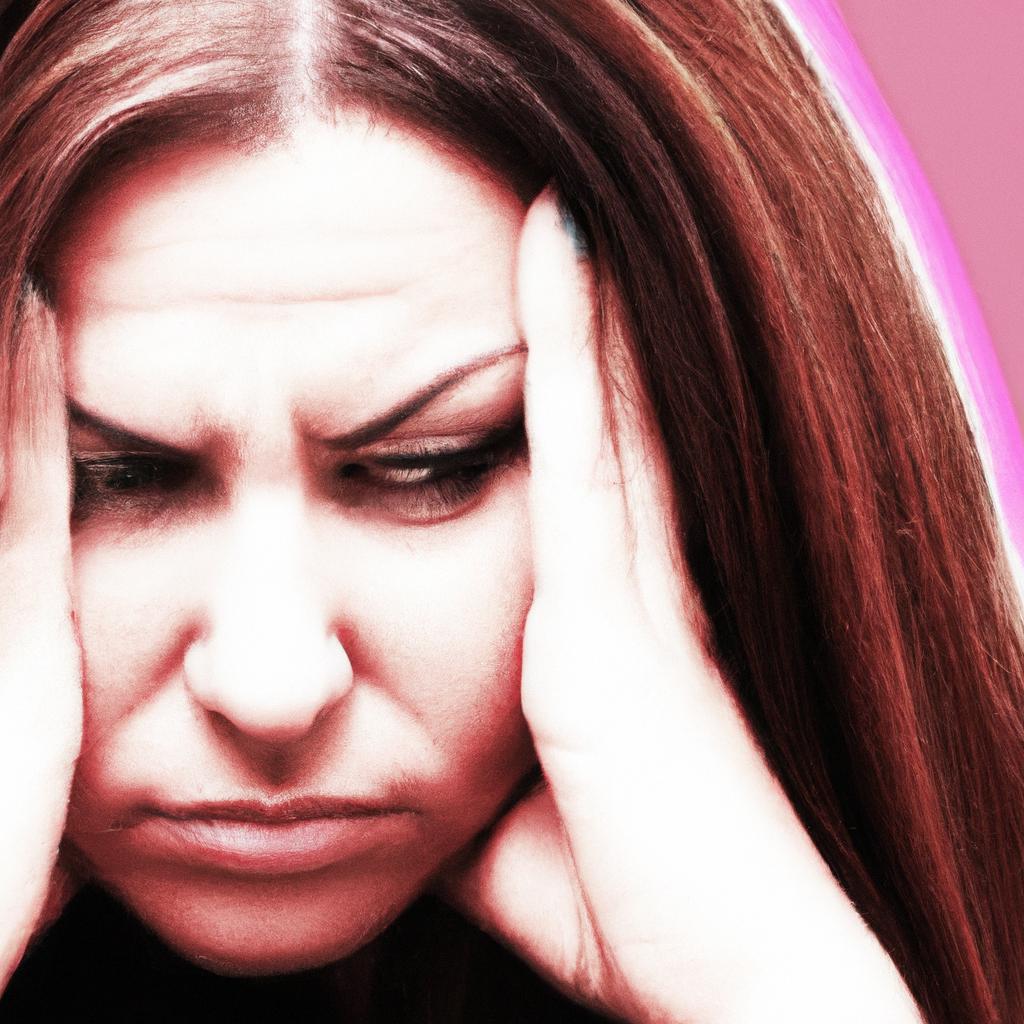As the days grow shorter and the air grows colder, many individuals find themselves experiencing a shift in their mood and energy levels. This phenomenon, known as Seasonal Affective Disorder (SAD), affects millions of people each year. In this article, we will explore the causes of SAD, its symptoms, and various treatment options available to help those struggling with this seasonal condition. By gaining a better understanding of SAD, we can work towards finding relief and maintaining our mental well-being during the darker months of the year.
Table of Contents
- Understanding Seasonal Affective Disorder (SAD)
- Impact of Light Therapy on SAD Symptoms
- Importance of Vitamin D in Managing SAD
- Coping Strategies for Seasonal Affective Disorder
- Q&A
- In Conclusion
Understanding Seasonal Affective Disorder (SAD)
Seasonal Affective Disorder (SAD) is a type of depression that comes and goes with the changing seasons. It typically begins in the late fall and lasts through the winter months, when there is less natural sunlight. SAD can affect anyone, but it is more common in those who live in regions with long winter nights. Symptoms of SAD may include feeling hopeless, fatigued, and having difficulty concentrating.
There are various treatment options available for those who suffer from SAD. Light therapy, where individuals are exposed to bright artificial light to simulate natural sunlight, is a common and effective treatment. Another option is therapy, such as cognitive behavioral therapy, to help individuals manage their symptoms. In some cases, medication may also be prescribed to help alleviate the symptoms of SAD. It is important for those experiencing symptoms of SAD to seek help from a healthcare professional to determine the best course of treatment.
Impact of Light Therapy on SAD Symptoms
Light therapy has been shown to have a significant impact on reducing symptoms of Seasonal Affective Disorder (SAD). By exposing individuals to a bright light that mimics natural sunlight, this treatment can help regulate their circadian rhythms and boost serotonin levels, ultimately improving mood and energy levels. Research has indicated that light therapy can be as effective as antidepressant medication in treating SAD.
One of the key benefits of light therapy is its non-invasive nature and minimal side effects compared to other treatment options for SAD. Patients can conveniently incorporate light therapy into their daily routine by using a light box for a specified amount of time each day. It is important to consult with a healthcare professional to determine the appropriate intensity and duration of light therapy for individual needs. With consistent use, light therapy can provide relief from SAD symptoms and improve overall well-being during the dark winter months.
Importance of Vitamin D in Managing SAD
Vitamin D is essential for our overall health and well-being, playing a crucial role in managing Seasonal Affective Disorder (SAD). This important nutrient helps regulate mood and keeps our immune system strong, making it an integral part of combating the symptoms of SAD. Adequate levels of Vitamin D have been shown to significantly improve mood and energy levels, making it a key component in treating this seasonal condition.
One of the best ways to increase Vitamin D levels is through exposure to sunlight. Spending time outdoors, even on cloudy days, can help boost Vitamin D production in the body. In addition to sunlight, incorporating foods rich in Vitamin D into your diet, such as fatty fish, eggs, and fortified dairy products, can also help manage SAD symptoms. For those who struggle to get enough Vitamin D through sunlight and diet alone, supplements are a convenient and effective way to ensure you are getting the recommended daily intake of this vital nutrient.
Coping Strategies for Seasonal Affective Disorder
One effective way to combat Seasonal Affective Disorder (SAD) is through light therapy. By exposing yourself to bright light for a certain amount of time each day, you can help regulate your body’s circadian rhythms and improve your mood. Light therapy lamps, which emit light that mimics natural sunlight, are a popular option for those struggling with SAD. Additionally, spending time outdoors during daylight hours can also be beneficial in managing symptoms of SAD.
Another helpful coping strategy for SAD is staying active and maintaining a healthy lifestyle. Regular exercise has been shown to boost mood and energy levels, which can be particularly important for those experiencing symptoms of SAD. In addition to physical activity, eating a well-balanced diet and getting an adequate amount of sleep can also help improve overall mental health. Lastly, seeking support from loved ones or a mental health professional can provide valuable assistance in managing SAD symptoms.
Q&A
Q: What exactly is Seasonal Affective Disorder (SAD)?
A: Seasonal Affective Disorder (SAD) is a type of depression that occurs during a specific season, typically in the winter months when there is less natural sunlight.
Q: What are the common symptoms of SAD?
A: Some common symptoms of SAD include feelings of sadness or hopelessness, changes in appetite or weight, fatigue, difficulty concentrating, and a lack of interest in activities once enjoyed.
Q: How is SAD treated?
A: Treatment for SAD often involves a combination of light therapy, counseling, medication, and lifestyle changes such as regular exercise, spending time outdoors, and maintaining a healthy diet.
Q: What role does light therapy play in treating SAD?
A: Light therapy involves exposure to a bright light box that mimics natural sunlight. This can help regulate the body’s internal clock and improve mood in individuals with SAD.
Q: Are there any natural remedies for SAD?
A: Some natural remedies for SAD include getting regular exercise, spending time outdoors, practicing relaxation techniques such as yoga or meditation, and maintaining a consistent sleep schedule.
Q: Is it possible to prevent SAD?
A: While it may not be entirely possible to prevent SAD, maintaining a healthy lifestyle, getting regular exercise, spending time outdoors, and managing stress can help reduce the likelihood of experiencing symptoms.
In Conclusion
In conclusion, understanding and treating Seasonal Affective Disorder (SAD) is crucial in improving the quality of life for individuals affected by this seasonal condition. By recognizing the symptoms, seeking professional help, and implementing various treatment options such as light therapy, counseling, and medication, those suffering from SAD can find relief and regain control over their mental health. Remember, you are not alone in this journey, and with the right support and resources, you can overcome the winter blues and embrace a brighter, healthier future. So, take care of yourself, stay mindful of your mental well-being, and never hesitate to reach out for help when needed. Together, we can navigate through the darkness and find the light that shines within us all.





